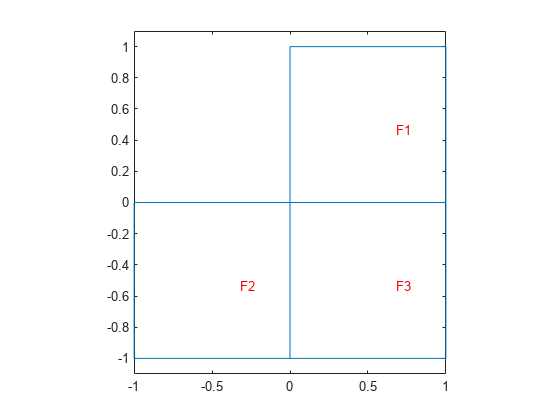findInitialConditions
Locate active initial conditions
Description
ic = findInitialConditions(ics,RegionType,RegionID)ic for the
initial conditions in the specified region.
Examples
Input Arguments
Output Arguments
Version History
Introduced in R2016a
